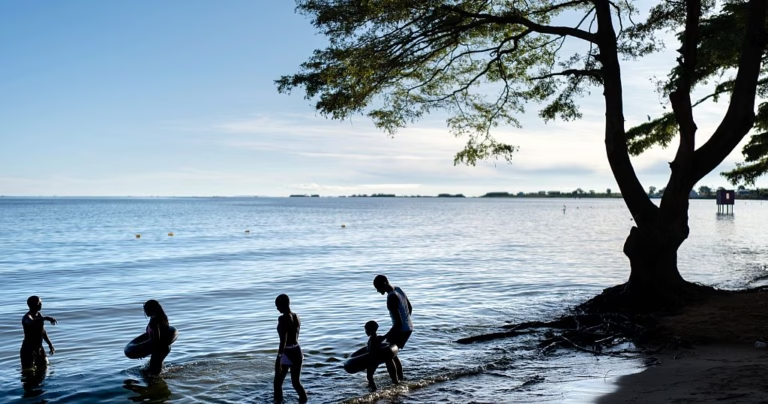
Wildlife corridors, which are strips of land that connect isolated habitats, are seen as a solution. These connections facilitate the movement of animals, reduce encounters with farmers, and support population growth. The Lewa Wildlife Conservancy, situated 260 kilometers north of Nairobi, has been expanding to bridge the gap between Mount Kenya’s forests and northern rangelands.
Lewa’s elephant population increased from 350 in 2014 to over 450 by 2024, and rhino numbers have also seen an uptick. However, as populations rise, ecosystems are placed under greater stress, highlighting the need for habitat expansion. “As conservationists, you need to observe these trends, associate them with climate change and human-wildlife conflicts, and plan for the future,” stated Dominic Maringa, the head of conservation at Lewa. “You anticipate developments, open new corridors, and connect your reserved lands with others.”
The Kenya Wildlife Service has documented similar nationwide trends, with elephant numbers rising from 16,000 in the 1980s to close to 37,000 today. However, rapid urbanization and population growth — Kenya’s population has doubled since 1989 — are jeopardizing these achievements. Vital migration paths such as the Tsavo-Amboseli ecosystem and Nairobi’s Kitengela corridor are under mounting strain.
Officials are advocating for conservancies and landowners to preserve open corridors, while translocation initiatives are moving animals from densely populated areas to less crowded locations. Without these interventions, experts caution that the loss of habitat will reverse Kenya’s conservation achievements.







